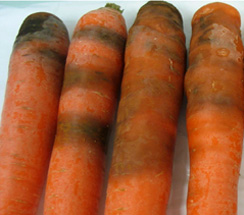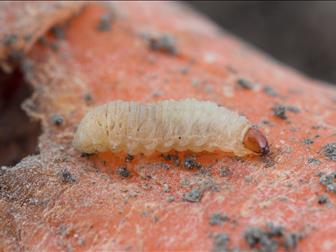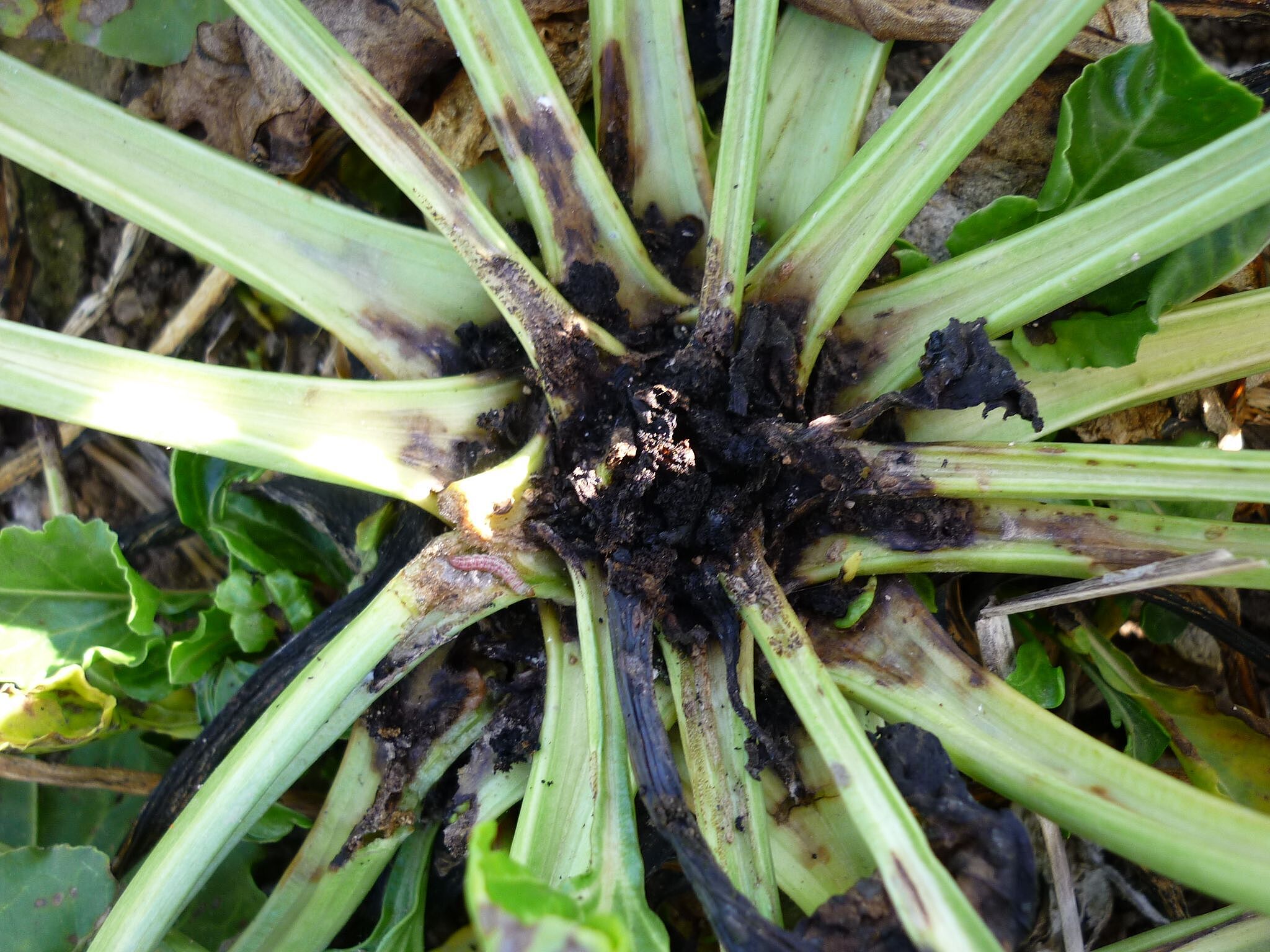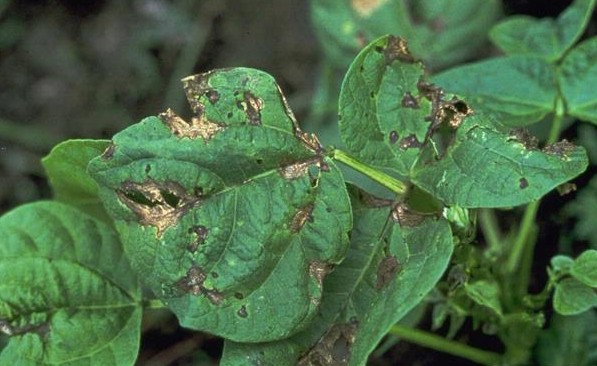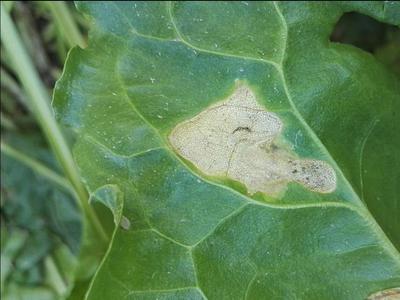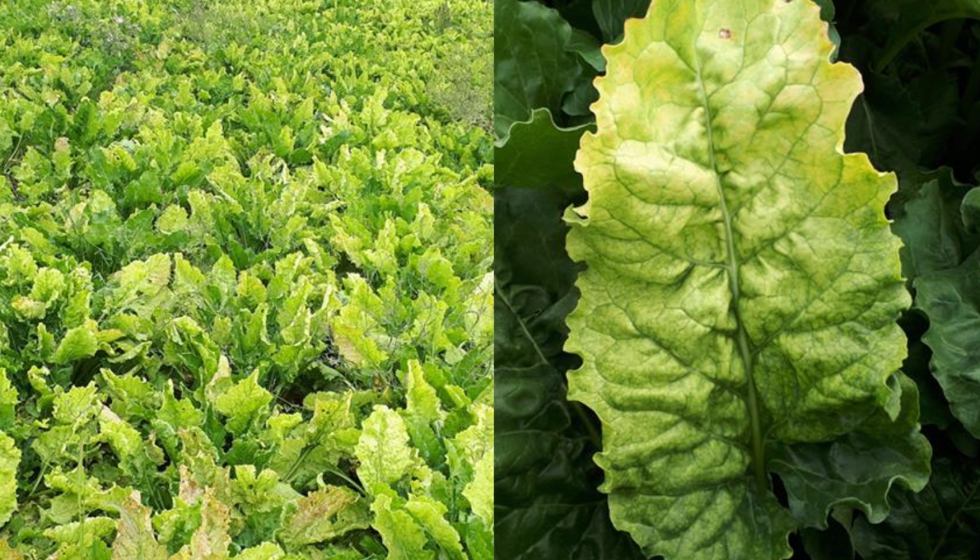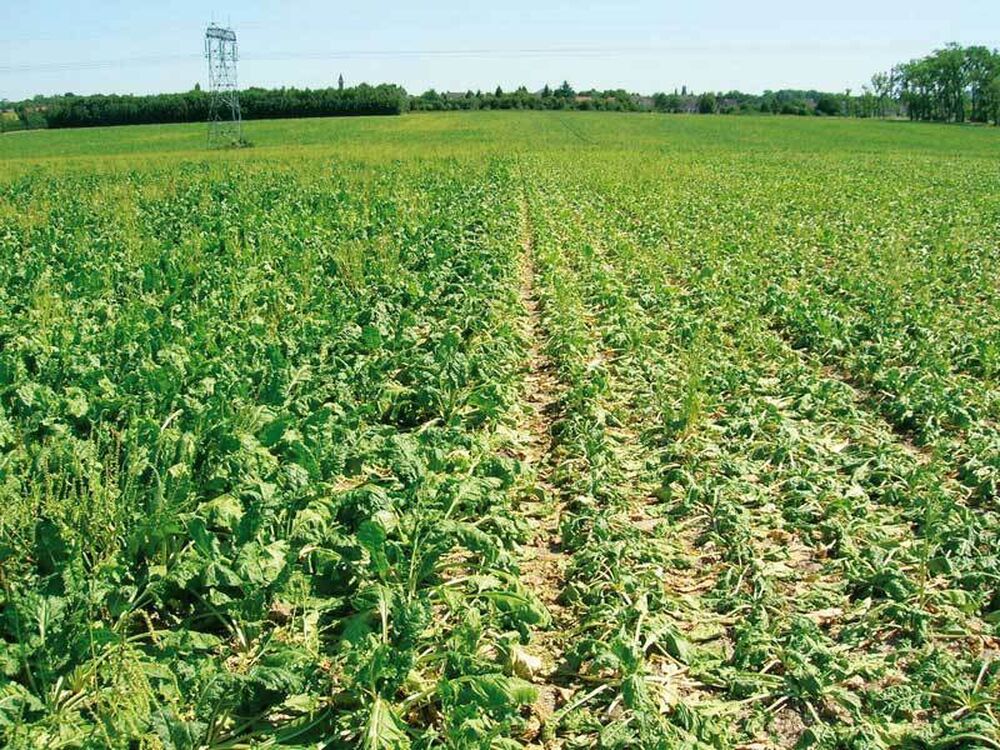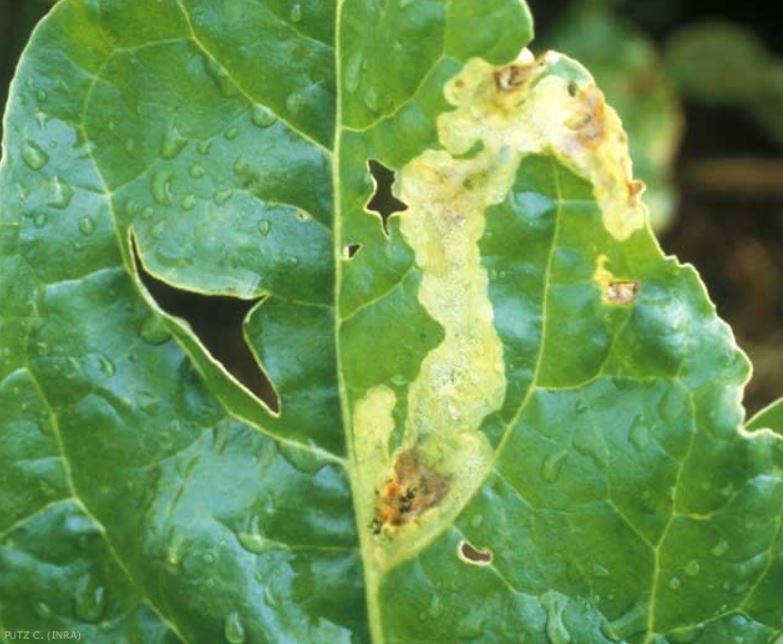
Tomate
How to recognize and combat powdery mildew in tomatoes
Powdery Mildew
Fungus
Type:
Risk to the plant:
INTERMEDIATE
Laveillula Taurica
Pathogen:
Oídio

WHO CAUSES IT?
Laveillula taurica is a fungus belonging to the group of ascomycetes and is known to cause powdery mildew in various plants, including tomatoes. This pathogen is endoparasitic, which means that it lives and develops within the plant tissue of the host. Laveillula taurica produces conidia, which are asexual spores, on the surface of infected leaves. These spores are dispersed primarily by wind and, upon contact with a susceptible plant, germinate and penetrate leaf tissue. The fungus develops mycelia inside the plant, extracting nutrients and causing the appearance of reproductive structures on the leaf surface. Under favorable conditions, the cycle of infection and sporulation can be repeated rapidly, facilitating the spread of the pathogen in the crop.
SYMPTOMS
Powdery mildew caused by Laveillula taurica in tomato initially manifests itself with chlorotic Taches on the leaves, which progress to the appearance of a characteristic whitish powder on the lower surface of the leaves. This mycelium and sporulation of the fungus interfere with photosynthesis and normal growth of the plant, weakening it significantly.
- Chlorotic Taches on the leaves
- Appearance of a white powder on the lower surface of the leaves
- Curling and yellowing of leaves
- Premature defoliation
- Reduction in plant growth
- General loss of vigor
- Decrease in production and quality of fruits

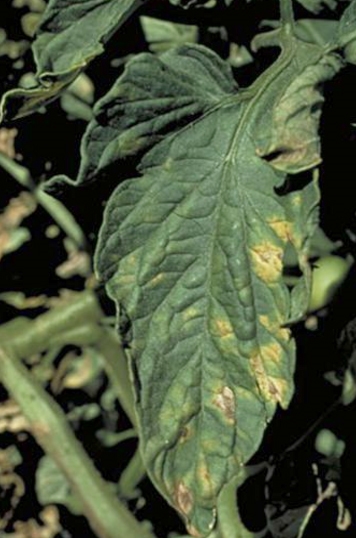
DEVELOPMENT CONDITIONS
Temperature:
20-30°C
Humidity:
60-80%
HOW IS IT SPREAD?
Wind, contaminated tools, direct contact with infected plants, infected crop remains, contaminated irrigation water
HOW TO ELIMINATE IT?
Home treatments
Natural allies
Chemical treatments
There are no treatments for this disease. Treatments are directed at the insect vectors that transmit it. See insect treatments.
RECOMMENDED PRODUCTS TO ELIMINATE THE PEST
REPELLENT PLANTS
-
RECOMMENDATIONS
- Avoid wetting the leaves when watering, especially at night.
- Ensures good ventilation between plants.
- Remove infected leaves as soon as you see them.
- Use resistant varieties when possible.
- Apply natural fungicides such as sulfur, baking soda or horsetail extract.
- Check your plants frequently, especially in hot and dry climates.



